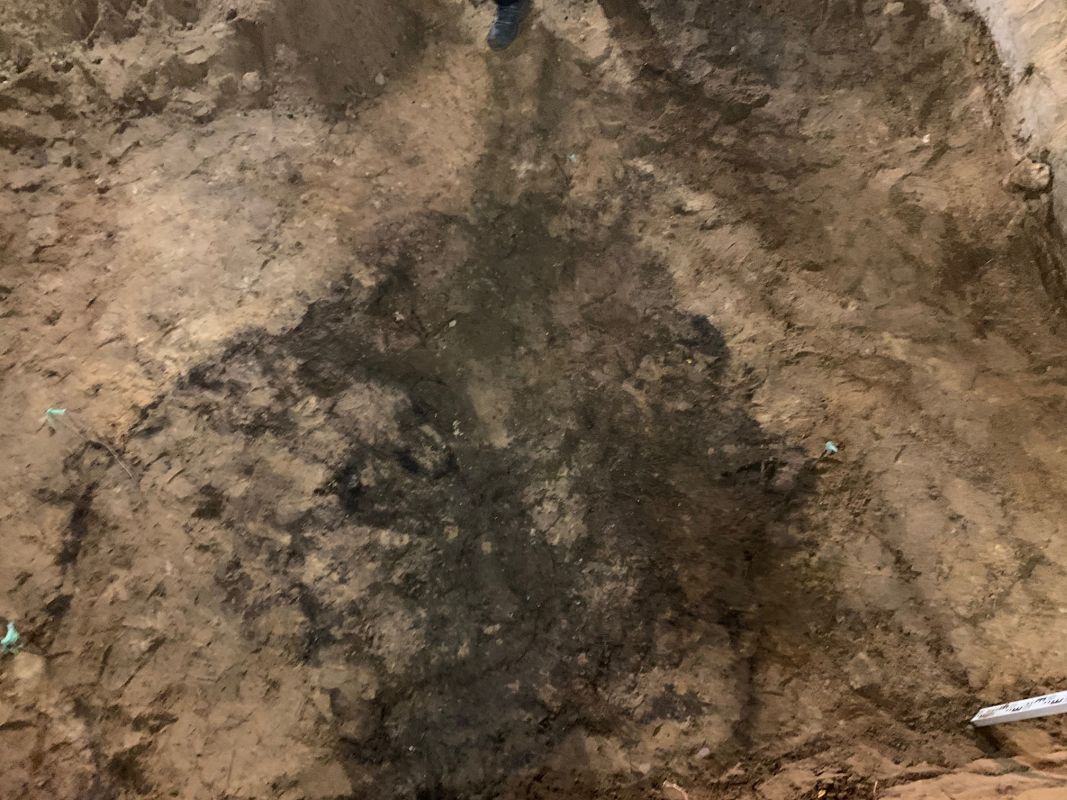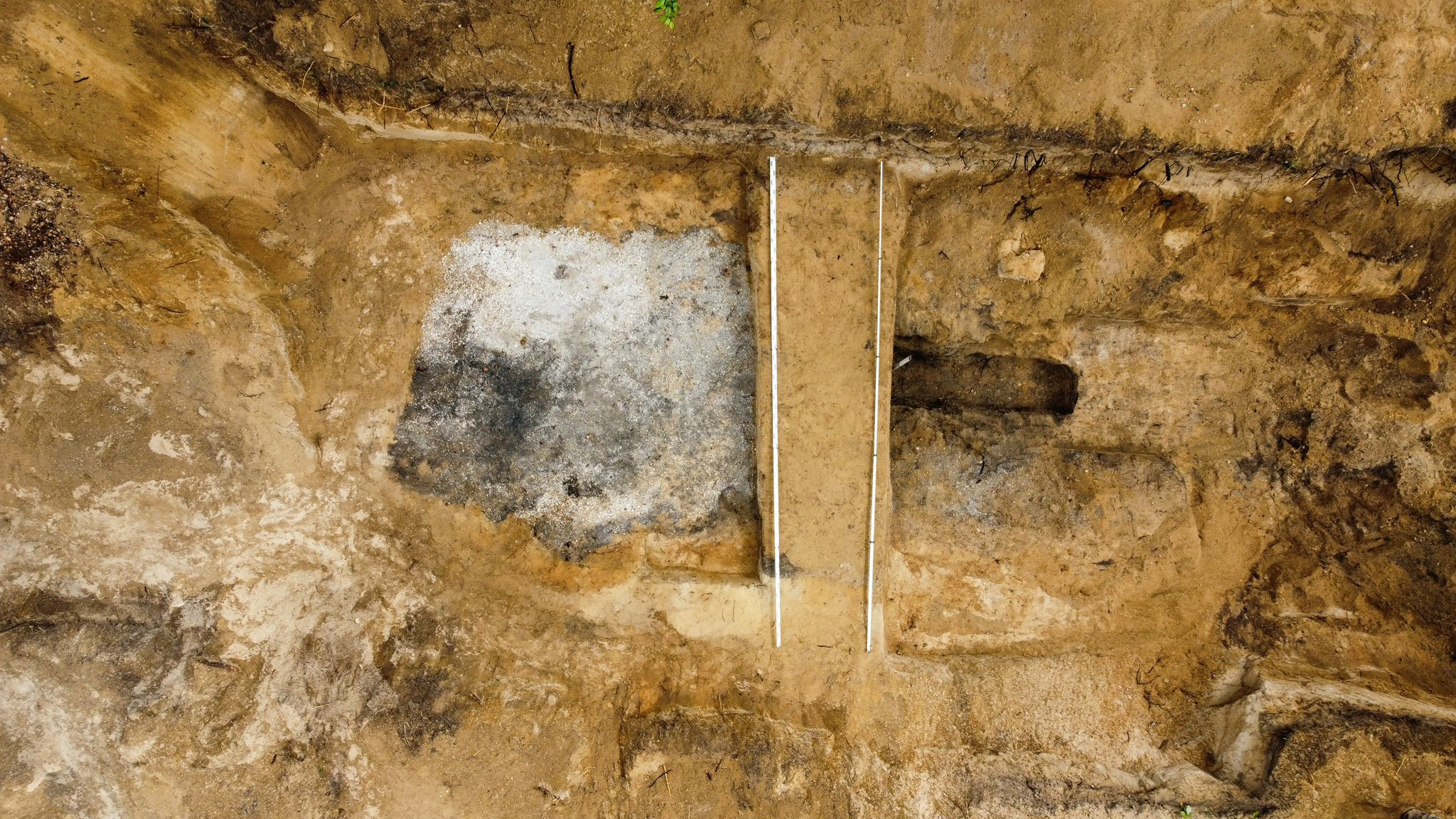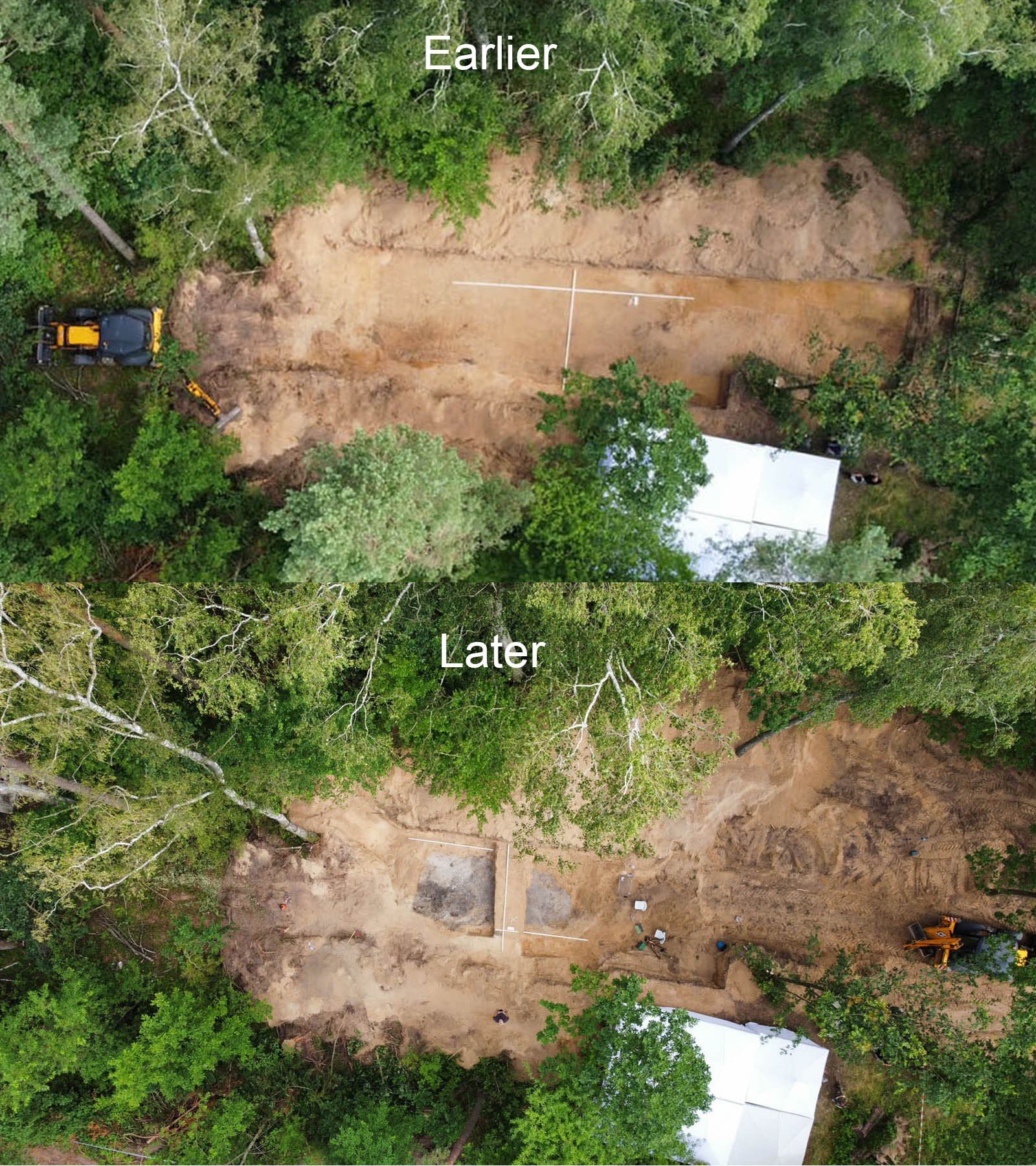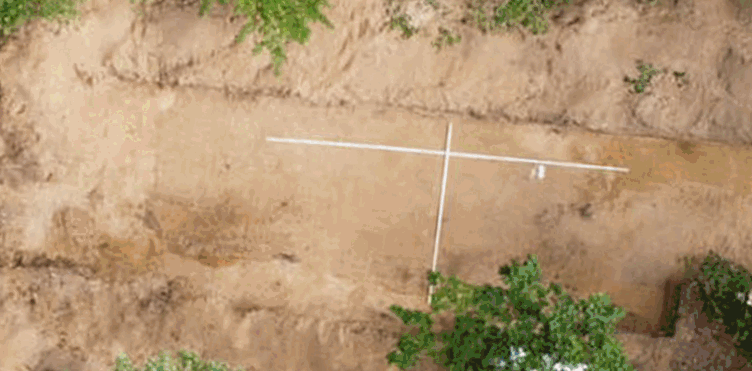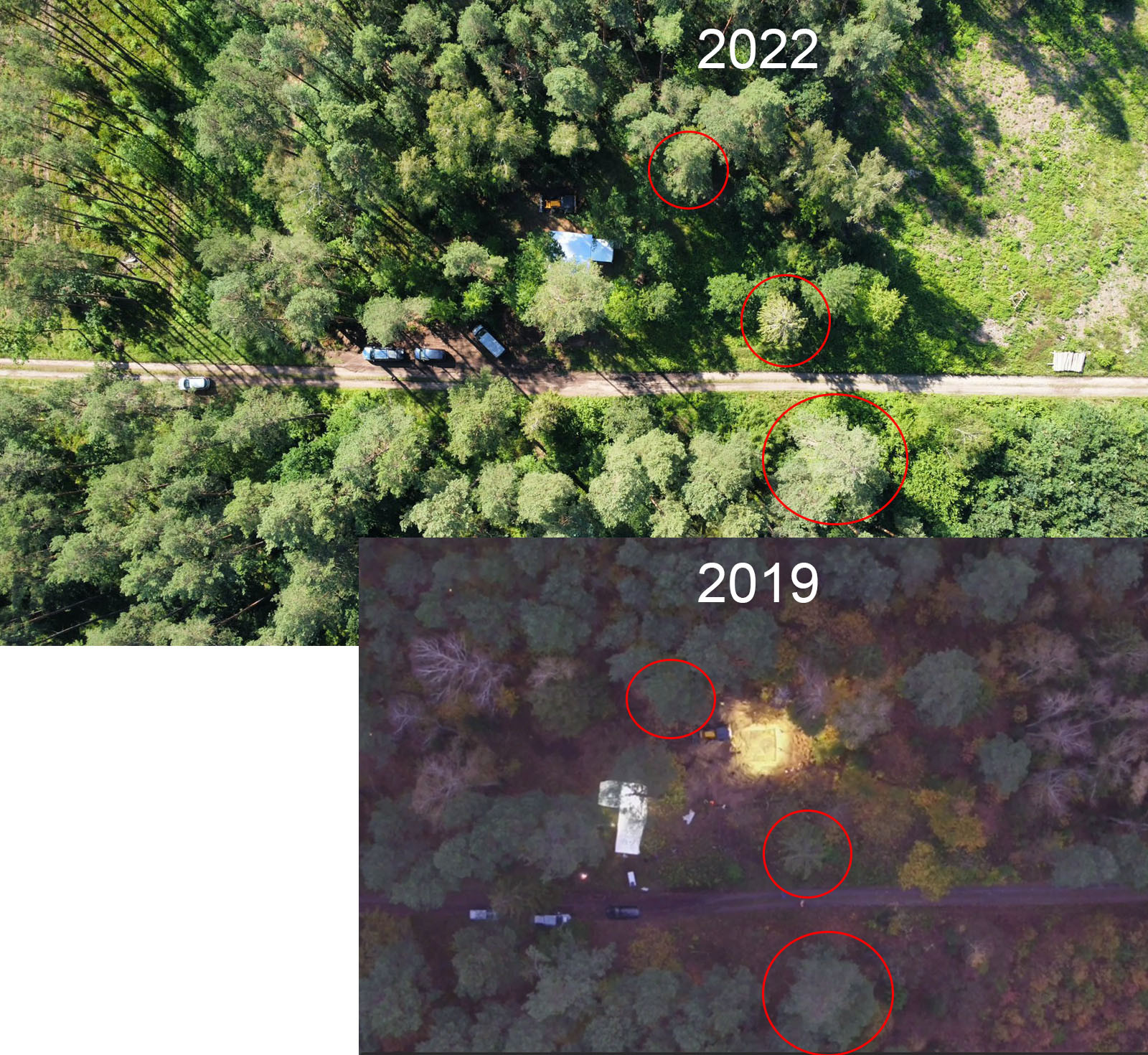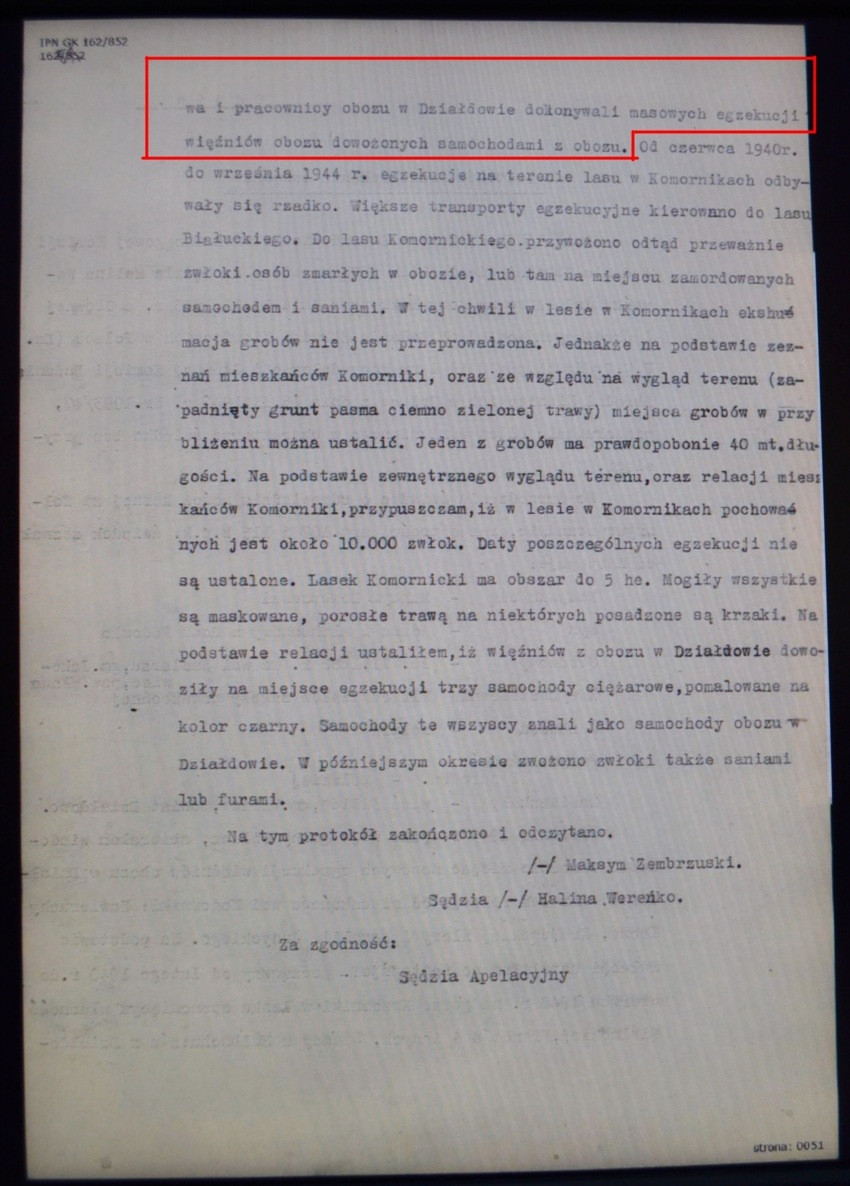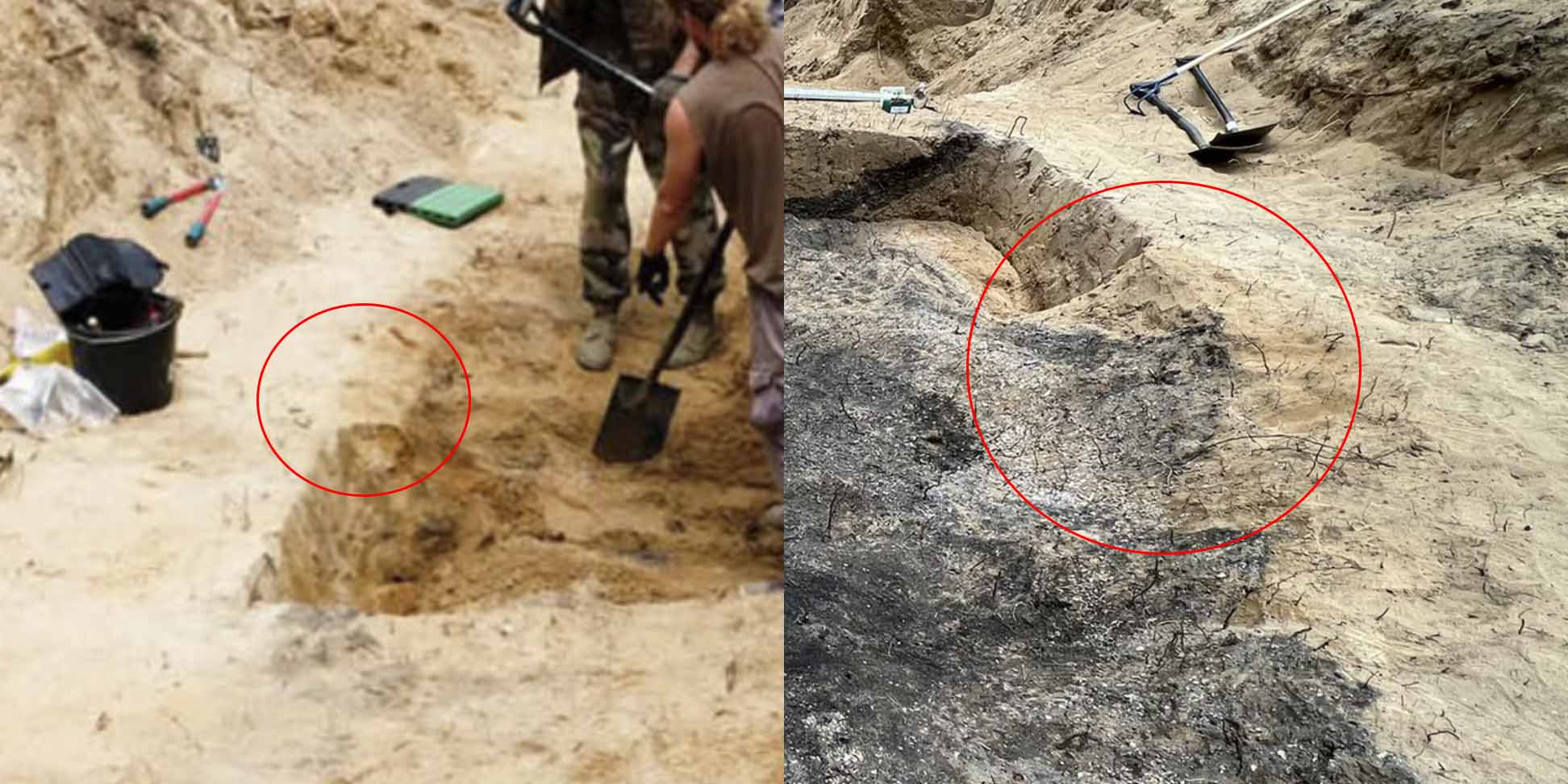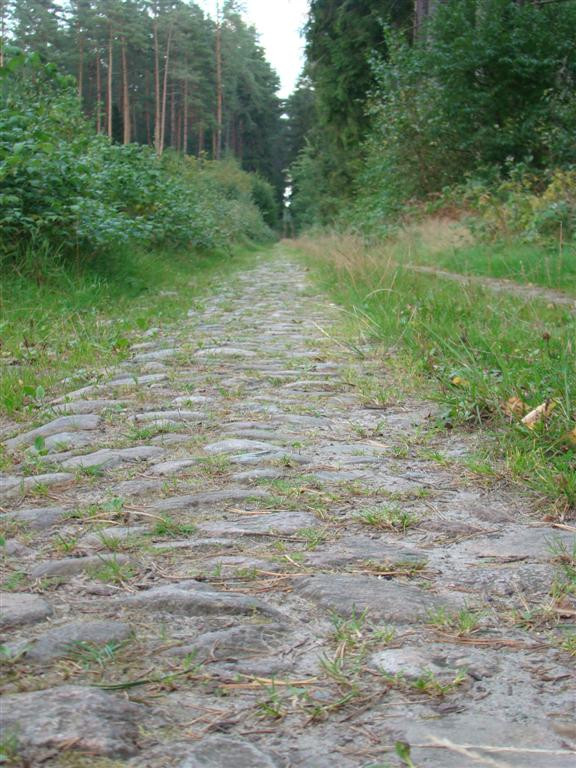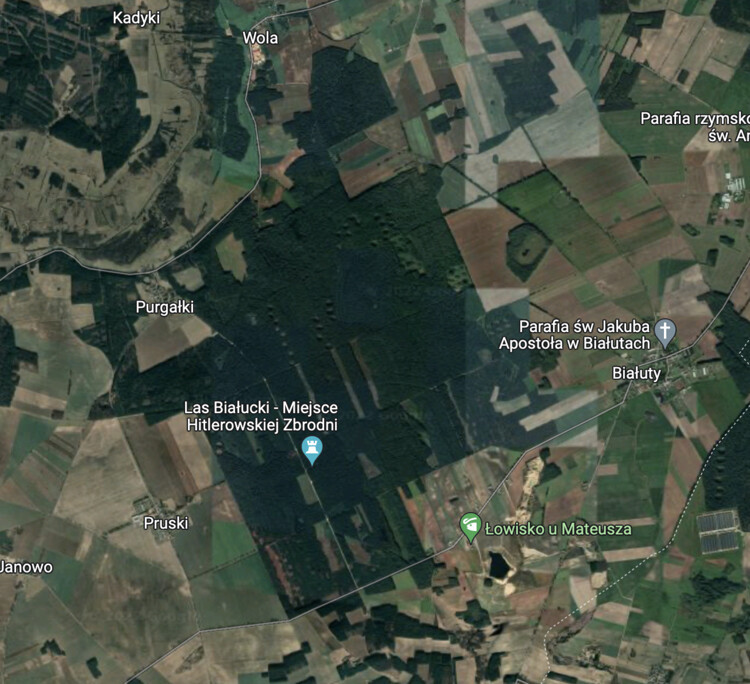Merlin300 wrote:No one seems to have found traces of tar, oil, or gasoline in the mix.
I don't know if it makes sense to add tar to a cremation pyre, but the use of tar is a feature of several eyewitness accounts about Aktion 1005 that are quoted in Mattogno's book about the Einsatzgruppen. And to increase the heat of the fire for the combustion, you can also throw phosphorus bombs and hand grenades into the pyre (
https://holocausthandbooks.com/index.php?page_id=39):
> A few pages further along, Hoffmann quotes an excerpt from a book on Maly Trostenets by Paul Kohl, which contains a description of the "furnace" (ibid., p. 181):
> > "A pit about 8 x 8 and 3 m deep was dug, and a ramp was put in on one of the four walls, upon which the trucks with the victims could drive backward into the pit. Since the Red Army was constantly getting closer to Minsk, starting at the end of October we no longer buried the persons shot, but rather burned them immediately. To do so, a grid of railway rails was built above the ground, and the pit's walls were covered with metal plates. The whole thing was a gigantic furnace. To block the view, a 3m-high wooden fence was set up around the area with barbed wire, and signs were posted saying 'No Entry! Trespassers Will Be Shot!' The 30 workers who had built this furnace were the first to be shot and cremated in it upon completion. The victims brought there by truck were made to lie face down in the pit and were killed with a bullet in the back of the neck.
To increase the heat of the fire for the combustion, tar was poured over the bodies and phosphorus bombs and hand grenades were thrown into the flames. [...] Some 50,000 people were shot and cremated in this furnace at Shashkovka until the end of June 1944, before the dissolution of the camp."
Merlin300 wrote:As Mattogno pointed out, use of wood to cremate bodies results in much more cremation remains.
It's hard to tell how much remains there's supposed to be, because I didn't find photos of the tons ashes that they are supposed to have dug up in either 2022 or 2019. And it could be that they only reported the weight of the human ashes and not the wood ash, because for example Tomas Jankowski from the Institute of National Remembrance said that "almost 17 tons of human ashes were revealed" (so he specifically said that the weight of approximately 17 tons refers to human ashes) (
https://gdansk.ipn.gov.pl/pl2/aktualnos ... -2022.html).
But I think the excavations are fake for the following reasons:
- In the photos from both 2019 and 2022, the thin layer of ashes over the sand looks like it was thrown on the sand after they dug the pit, and not like it consisted of the remnants of ashes at the bottom of a grave.
- The excavation in 2022 was in the same location as the excavation in 2019, but they said that they only found 1.5 tons of ashes in 2019, and they somehow missed the 17 tons that they are supposed to have found in 2022. Both in 2019 and 2022, the IPN's description of the excavation site matched the description of the site in Stefan Runo's testimony, even though the testimony of Stefan Runo gave the impression that the ashes of approximately 15,000 people were buried in a single grave, which he said was the grave where the bodies of Division V were exhumed from. In 2022, the IPN said that that they had found two graves, and presumably the ashes they found in 2019 were buried in a third grave. But even in 2022, the amount of ashes they said they found wasn't enough to account for the remains of 15,000 people, and 15,000 is even above the total death toll of Soldau cited by Wikipedia. Maksym Zembrzuski also testified that there were approximately 10,000 bodies buried in the forest of Komorniki near Soldau, and that "a greater number of prisoners were directed to the forest in Białuty".
- The inmates who helped with exhuming and burning the corpses are supposed to have been killed afterwards, but Stefan Runo testified in 1947 that he was employed in arranging wood on the piles on which the bodies were burned, so how did he survive to tell his story?
BTW I wonder how come the ashes they found were mixed with "scapulars and other Catholic medals, spoons, knives and crosses, wedding rings, rings, rosary and its elements, fragments of glasses, shoes and their elements, hairpins, buckles for belts and suspenders, a toothbrush, pre-war Polish coins of various denominations, a number of buttons, including a crowned eagle, bullets and scales, keys and many other personal items belonging to the victims of the Działdowo camp". There was supposedly even a 10 cm long crucifix among the remains. If the point of Aktion 1005 was to obliterate evidence of mass killings, then why did the Nazis bury those objects along with the ashes? Andrzej Ossowski who oversaw the excavation in 2022 said that the Nazis used "a ball mill to destroy all bone fragments", so the Nazis would've presumably needed to remove at least bigger metal objects before they ground the bones. But then why did they add the objects back with the ashes when they buried the ashes?
In Mattogno's book about the Einsatzgruppen, he quoted Leon Weliczker who said that part of the Aktion 1005 operation in the Janowska camp consisted of an "ash labor gang" which sifted through the ashes:
> Weliczker carefully describes the work of the "Aschkolonne" ("ash labor gang"):
> > "A few persons carry the ashes to the open space in a basket. Others come along and dump the ashes into their sieves and take them to the sifting location. The fine ashes pass through the sieves, but the bones and metal remain in the sieves. (These sieves are the kind normally used to sift flour at home). After the first screening, the persons sit with the sieve on a bench and inspect the ash to see if there were any metal bits. They then throw the remaining bones onto the ground in the clearing prepared with the [tomb] stones and, using beechwood stampers, smash them until they are shattered. They then clean the tombstone by throwing the remains of the unsmashed bone dust into the pile from which they first took the ashes. The ashes are then sifted through the sieves once again, and the bones that don't pass through the sieve this time are thrown back on the fire." (p. 56)
In a Soviet report titled "Information of the Extraordinary State Commission on Atrocities of the German-Fascist Invaders in the Territory of Lvov Region", it's also claimed that after bodies were burned as part of Aktion 1005, the ashes were sifted:
> The Soviet counteroffensive, it is said, induced the German authorities to wipe out the traces of their horrible crimes (ibid., pp. 221f.):
> > "Upon the orders of Germany's _Reichsminister_ Himmler and Major General of the SS Police Katzmann, in the June of 1943 special measures were undertaken to dig out and burn the bodies of the tortured and shot peaceful citizens, Soviet prisoners-of-war and citizens of foreign countries.
> > In Lvov the Germans set up a special Sonderkom[m]ando No. 1005 which consisted of 126 persons. The chief of that kom[m]ando was _Hauptsturmbannführer_ Scherliak [Schallock?], and his deputy - _Hauptsturmbannführer_ Rauch. The duties of the Sonderkommando included the digging out of the bodies of the peaceful residents and prisoners-of-war killed by the Germans and the burning of those bodies. The excavation and burning of the bodies was supervised by the SD-Scharführer Rauch and SD-Oberwachmeister Kapick. The bodies removed from the pits were placed on special platforms into piles, 1,200 to 1,600 bodies in each. The bodies were sprayed with tar, gasoline and then burned.
The ashes and bones were sifted through special strainers with the purpose of collecting golden articles: dental bridges, false teeth, rings and watches. Witnesses Velichker, Khamaides and others testified that over the five months of their work in the 'death squad' 110 kilograms of gold was strained from the ashes of the bodies they had burned and sent by Germans to Germany.> > The ashes were scattered in the fields and also dug in the ground; large bones were collected separately and crushed in the bone-thrasher which was designed to speed up the 'work.' The Germans did not manage to destroy the bonethrasher, it remained on the grounds of the former Janov camp as material evidence of the bloody crimes of the Hitlerite butchers. The chief of the bone-thrashing of the victims was a German, SD-Scharführer Elitko."
Yakov Abramovich Kaper also said that at Babi Yar, "The bones that remained after the burning of corpses were crushed with mortars, sieved through a mesh, mixed with sand and scattered with ashes, leveling off the road." David Iosifovich Budnik said that at Babi Yar, "Following the complete combustion of the furnace, we crushed the unburnt bones with special rammers and passed them through a sieve. In so doing, the Hitlerites gathered the objects of gold which appeared and, in particular, the gold fillings from the teeth. The inmates scattered the remaining ashes at the bottom of the ravine." And in Bialystok, an eyewitness said that after corpses had been exhumed and burned as part of Aktion 1005, "the bones were removed from the ashes and were ground to dust in large mortars. Then the ashes were sifted through sieves to discover melted crowns of teeth or the gold or silver objects that the murdered people may have had on their persons. Then the ashes were buried in the same pits from which the bodies had been taken for burning."


